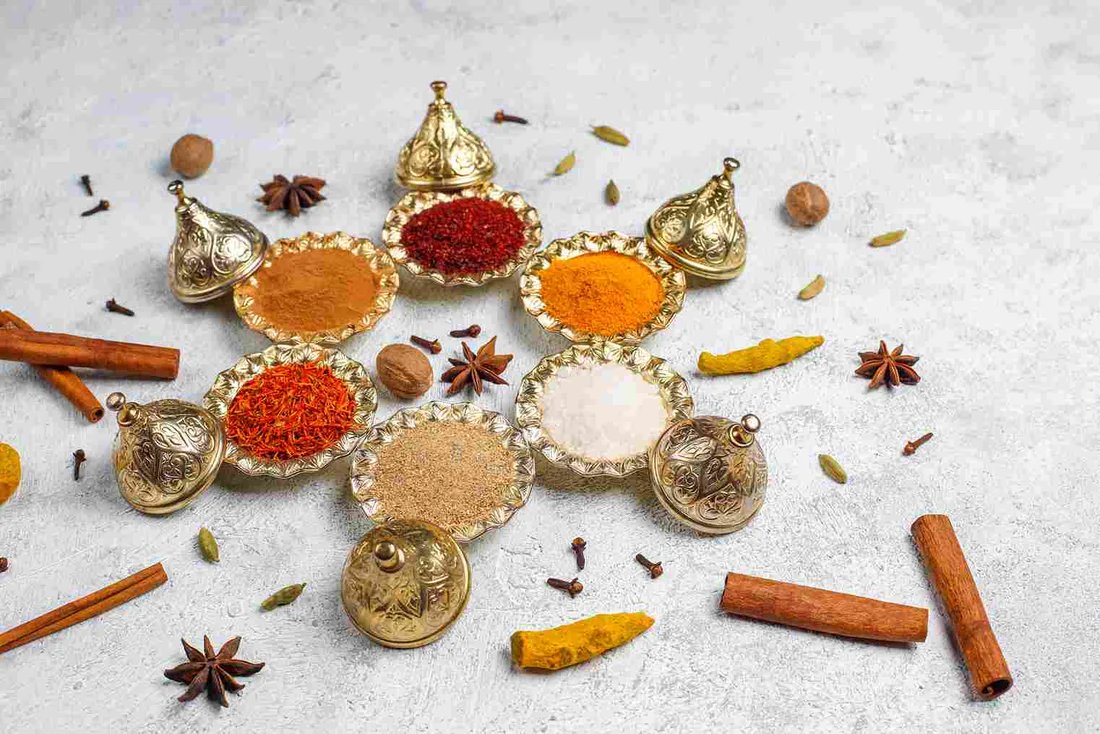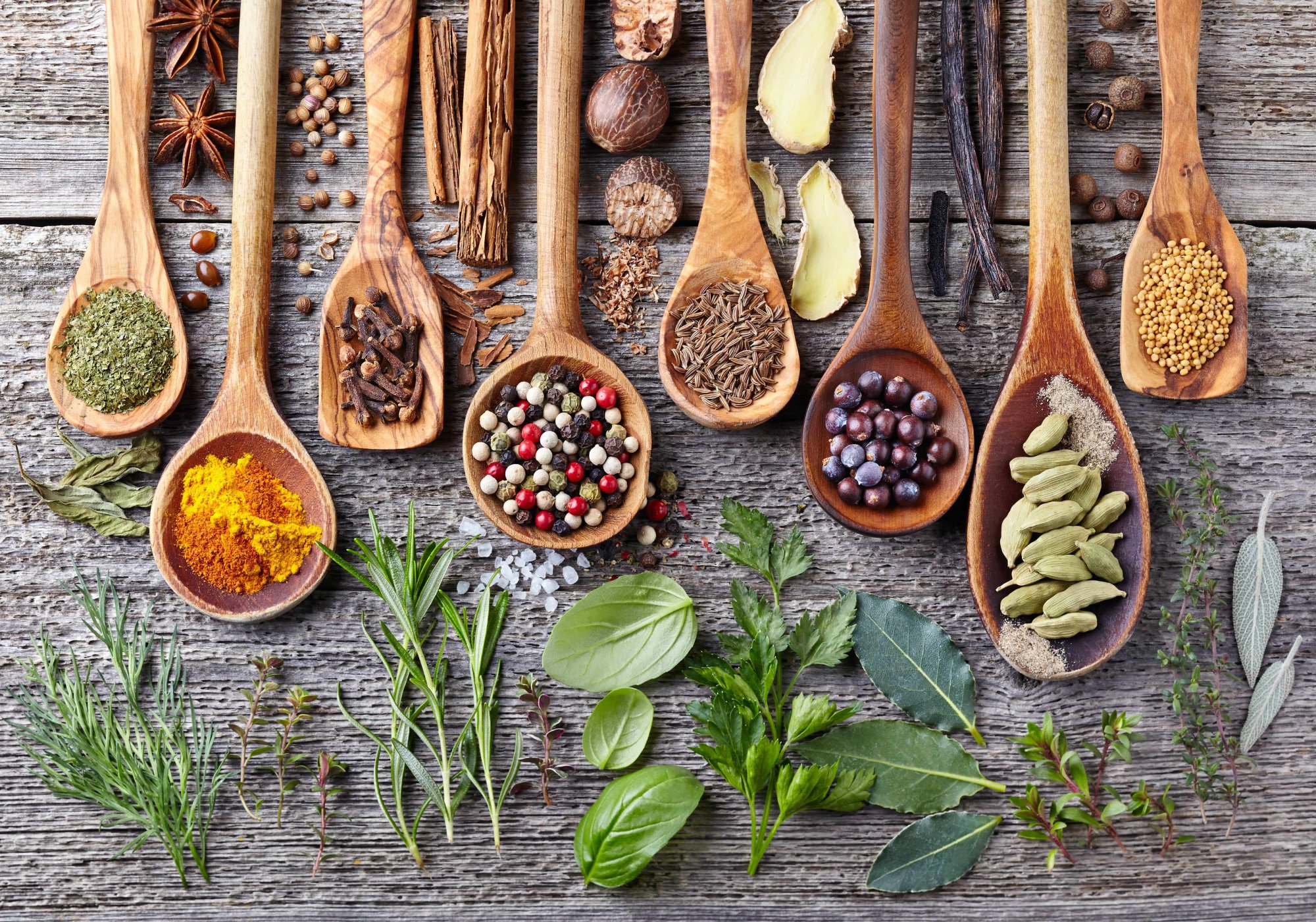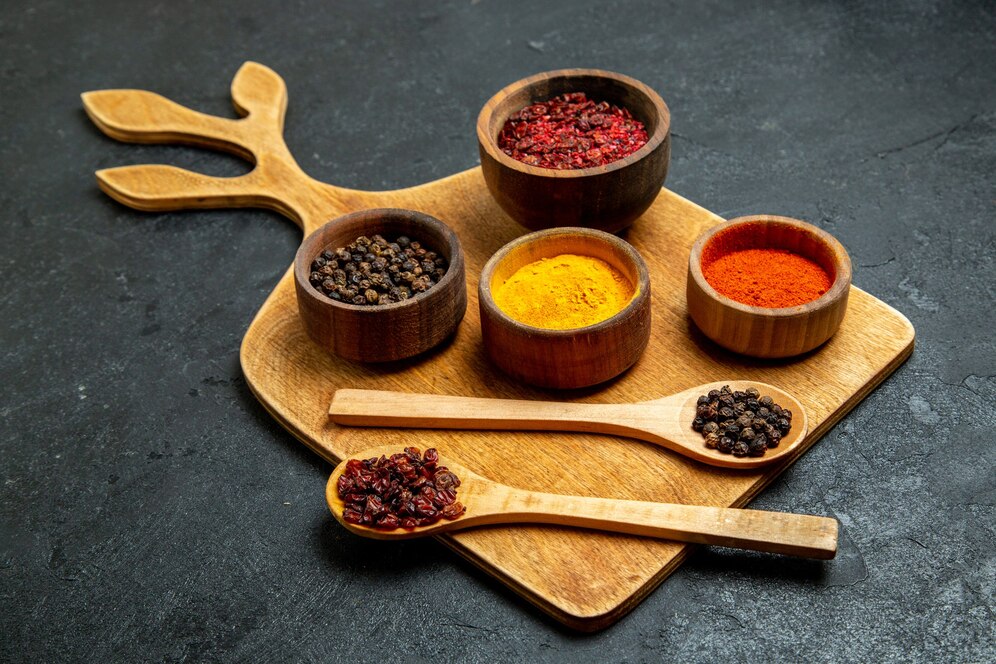
Spices Around the World: How to Use Exotic Seasonings
Spices have shaped global cuisine for thousands of years. They turn simple meals into fragrant, flavorful dishes. Spices shape our cultures and cooking traditions. Middle Eastern dishes bring warmth with cinnamon. Mexican food adds heat with chilli. Japanese cuisine offers umami depth through miso. Each spice plays a vital role in our culinary stories. Using the best global spices in your cooking will spice up your dishes and transport your taste buds.
In this guide, we will look at exotic seasonings. We’ll explore the finest world cuisine spices. Plus, we’ll share tips for using them in everyday cooking.
The Role of Spices in World Cuisine

1. The History and Cultural Significance of Spices
Spices have always been valuable. They shaped economies and trade routes and even sparked wars. The Spice Route linked Asia, the Middle East, and Europe. It brought new flavours and techniques that changed cooking forever.
- India is known as the “Spice Capital of the World”. It has a vast array of spices like turmeric, cardamom, and cumin.
- The Middle East uses fragrant spices like sumac, za’atar, and saffron to enhance meats and rice dishes.
- Latin America thrives on the heat of chillies and the depth of cumin and oregano.
- East Asia incorporates five-spice powder, Sichuan peppercorns, and miso to create balanced flavours.
2. Understanding the Five Basic Flavour Profiles
To use spices well, know the five main flavour profiles they add to dishes:
- Sweet: Cinnamon, nutmeg, star anise
- Sour: Sumac, tamarind, dried mango powder
- Salty: Miso, black salt
- Bitter: Fenugreek, mustard seeds, cacao
- Umami: Soy sauce, fish sauce, dried mushrooms
Exploring the Best Global Spices and How to Use Them

1. Middle Eastern Spices
Middle Eastern cuisine is rich with warming and aromatic spices.
- Sumac: A tangy, lemony spice used in salads, meats, and marinades.
- Za’atar: A blend of thyme, sesame seeds, and sumac, perfect for seasoning flatbreads.
- Saffron: The world’s most expensive spice. It is used in Persian rice dishes and Moroccan tagines.
How to Use:
- Sprinkle sumac on grilled meats or hummus for a citrusy kick.
- Mix za’atar with olive oil and spread it on bread before baking.
- Infuse saffron in warm water before adding it to rice or soups.
2. Indian Spices
Indian cooking is defined by complex spice blends and bold flavours.
- Turmeric: A golden spice with anti-inflammatory properties, essential in curries.
- Garam Masala: A warming spice blend that adds depth to stews and roasted meats.
- Asafoetida (Hing): A pungent spice used in lentil dishes to enhance umami.
How to Use:
- Add a pinch of turmeric to rice or scrambled eggs for colour and health benefits.
- Toast garam masala and sprinkle it over grilled vegetables.
- Use asafoetida sparingly in lentil soups and curries for a deep, savoury flavour.
3. Latin American Spices
Latin American cuisine is vibrant, spicy, and full of earthy seasonings.
- Achiote (Annatto): A red-orange spice that imparts colour and a mild peppery flavour.
- Mexican Oregano: More citrusy than Mediterranean oregano, used in salsas and stews.
- Chipotle: Smoked and dried jalapeños that add a deep, smoky heat to dishes.
How to Use:
- Rub achiote on meats before grilling for a smoky, earthy flavour.
- Add Mexican oregano to black beans or taco fillings for an authentic taste.
- Blend chipotle into barbecue sauces or marinades.
4. East Asian Spices
East Asian cuisine relies on balance, umami, and fragrant spices.
- Chinese Five-Spice Powder: A blend of star anise, cloves, cinnamon, Sichuan peppercorns, and fennel seeds.
- Sichuan Peppercorns: Provides a numbing, tingly heat.
- Miso: A fermented soybean paste used to enhance soups and marinades.
How to Use:
- Rub five-spice powder on meats before roasting.
- Add Sichuan peppercorns to stir-fries for an authentic spicy kick.
- Stir miso into salad dressings or soups for an umami boost.
5. African Spices
African cuisine features bold, fragrant spice blends.
- Berbere: A fiery Ethiopian spice mix of paprika, ginger, and cardamom.
- Ras el Hanout: A Moroccan blend of over a dozen spices used in stews and couscous.
- Grains of Paradise: A West African spice with peppery, citrusy notes.
How to Use:
- Add berbere to lentils or roasted vegetables for warmth.
- Season chicken or lamb with ras el hanout before grilling.
- Use grains of paradise as a substitute for black pepper.
Cooking with Exotic Seasonings: Tips and Techniques

1. Start with Small Amounts
When using a new spice, start with a small pinch and adjust to taste. Some spices, such as saffron and Sichuan peppercorns, are strong. If you use too much, they can take over a dish.
2. Toast Spices for Enhanced Flavour
Toasting whole spices in a pan before grinding brings out their oils and adds depth.
3. Use Complementary Pairings
Some spices work best together, creating harmonious flavours:
- Cumin + coriander (Indian and Mexican dishes)
- Cinnamon + star anise (Chinese braised meats)
- Thyme + sumac (Middle Eastern salads and meats)
4. Store Spices Properly
Keep spices in airtight containers away from heat and light. Whole spices last longer than ground ones and retain their flavour better.
5. Experiment with Spice Blends
Homemade spice blends allow you to customise flavours to suit your taste. Try making your own garam masala, Cajun seasoning, or za’atar mix.
Embrace the Spices
Exploring the best global spices is a journey through cultures, traditions, and history. Elevate everyday meals and bring the world’s flavours into your kitchen. All by cooking with exotic seasonings. You can use world cuisine spices to create a fragrant Indian curry, a smoky Mexican dish, a delicate Japanese broth, or a delicious Italian pasta sauce. How to balance and use them will transform your cooking.
Which global spice is your favourite? Share your experiences in the comments below and start experimenting with new flavours today!